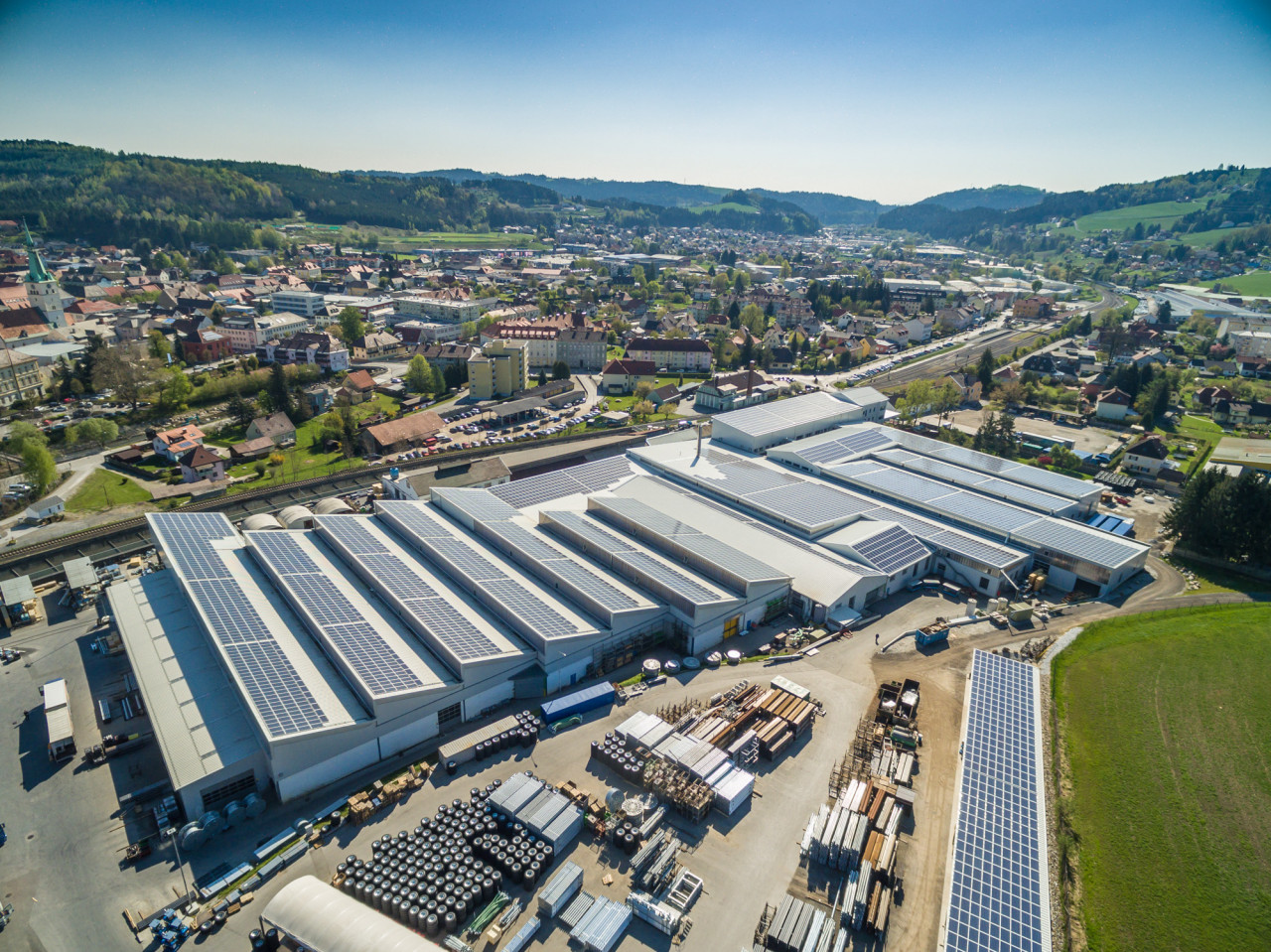
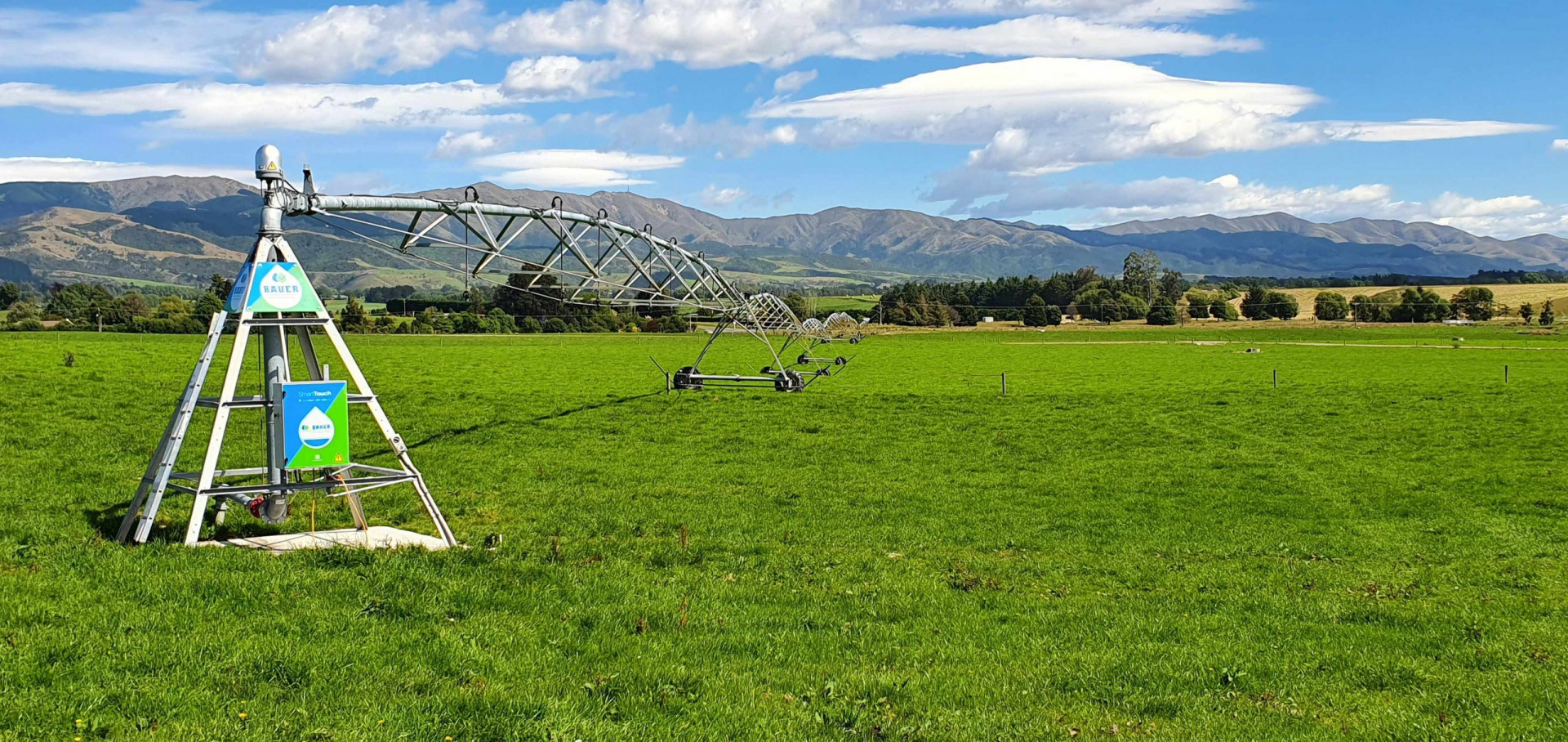
Usually the VRI system (Variable Rate Irrigation) is used in arable farming to provide different crops within one field, with the exact precipitation rate adapted to the special need of the plants. In New Zealand however, 99 percent of VRI systems are used on pasture, just like on Waituna Dairies. The arguments for this are convincing.
On Leigh and Alan Gibson’s farm in the east of the South Island 750 dairy cows graze on 200 hectares of pasture. The Gibsons purchased the property near Waimate 2 ½ hours drive south of Christchurch, four years ago to convert it into a modern dairy farm.
At the highest level with VRI and SmartRain
It was clear from the start that this would also require a modern irrigation system – sophisticated, efficient and reliable, individual and adapted exactly to the special requirements of Waituna Dairies, such as:
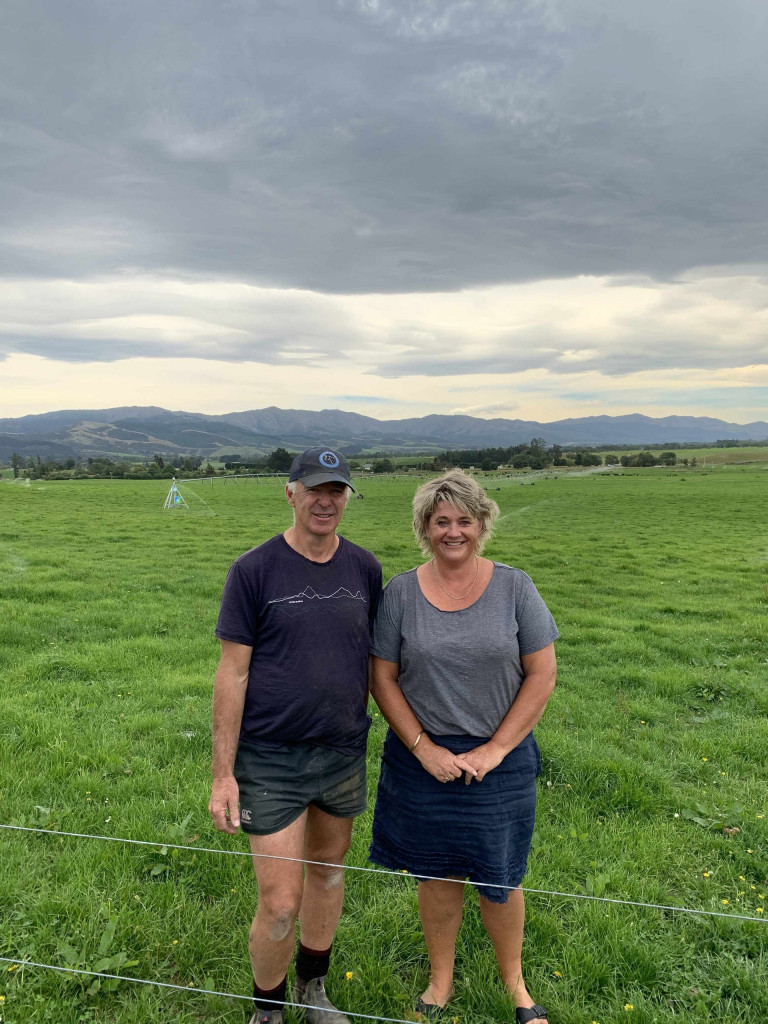
Due to unsatisfactory results of pod style irrigation, installed by the previous owners of the farm, the Gibsons (in the picture on the left) checked alternative solutions. In course of their research, they also consulted the Bauer dealer Kirk Irrigation Ltd, and were completely convinced of their expertise: Weighing all the available methods, the Gibsons determined that a two pond effluent system, Bauer Pivots and VRI were the ideal choice for managing their Waituna Dairies farm. This has not only improved control of irrigation, but also, improved effluent management on site.
Through most of the year, effluent is injected into the pivot at 30%, together with 70% water. However, due to consent conditions and their buffer storage filling during the off season, there is often a requirement to irrigate with 100% effluent applications. Alan stated that the Bauer VRI worked on this requirement extremely well, without any blockage, or other issues.
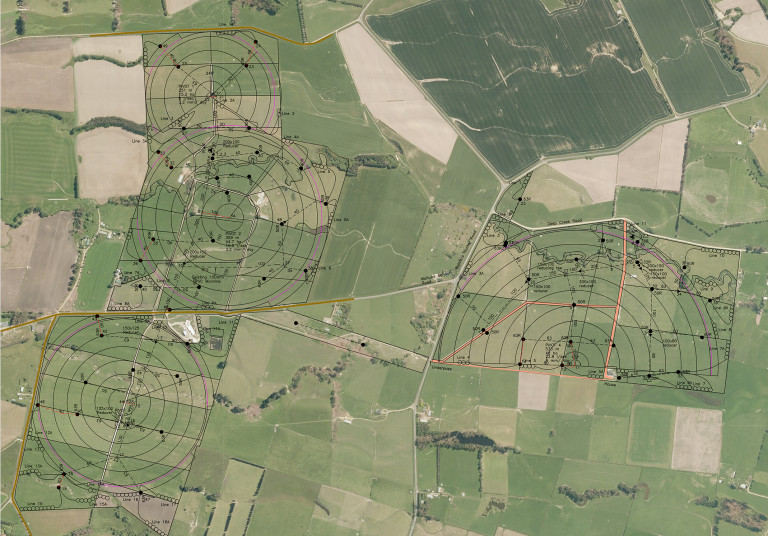
Both Leigh & Alan were very impressed with the “SmartRain” remote management package, which interfaces with the Bauer VRI package seamlessly. The ease of use, responsiveness, and precise management were all very desirable features for the package selected to manage this farm. Another important feature, which drew Alan to the VRI system, was the ability to use desktop, laptop, and smartphone with the Smartrain package, without compromising on any management feature. Alan has also been able to assign various staff on the farm certain “management rights”, which allowed staff to access special features.
Having the ability to log information for extended periods, was also another interesting feature for Leigh & Alan, as all machine usage is logged on a daily basis. More importantly, accurate records will soon be a requirement which needs to be met by every farmer.
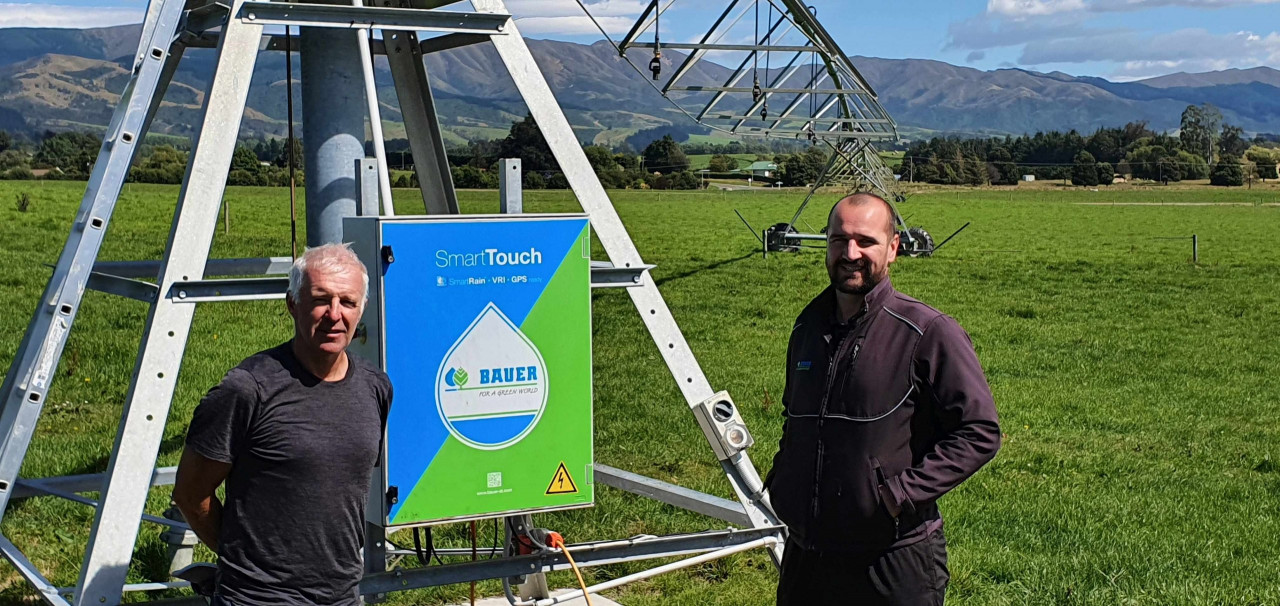
One of the huge benefits of the Bauer VRI system is that both water and effluent applications have been considered. This is where Bauer’s design concepts vary somewhat from competitor products, as Bauer has equally considered both water and effluent applications. In addition, Bauer continues work to extend the system within the current operating framework, in order to adapt it to customers’ needs all over the world.
Also, while VRI for pasture is quite atypical, it turns out to be ideal for the Gibsons, and Waituna Dairies, as well as many other New Zealand farmers.
“I find the system a very useful tool for current operations, allowing the flexibility to plan for future economic resource management. While classical usage on our site is based on pasture, in the future, cropping, cut and carry, and indoor housing will become more common. It is good to have a system which we know will also fit alternative management models. Furthermore we are currently considering the use of EM mapping, a feature which is already an integral part of SmartRain, in order to develop prescriptions based on soil profiles.”
Alan Gibson, Waituna Dairies (on the left side on the picture)